Instruction
Do bunker shots overwhelm you?

Most good players will say that the bunker shot is the easiest shot in golf. They could be right… you don’t even hit the ball. However, the less talent a golfer has, the more difficult their bunker shots usually become.
Many things contribute to this difficulty, and for average to above-average players, those factors are often different. Below I will pinpoint what I mostly see on a lesson-to-lesson basis in the bunkers for my students.
Digging In
Let’s start off with what you may or may not see watching golf on television. When tour players face a bunker shot, they dig their feet in the sand, and they do it for a reason. Many people I see hit shots from the bunker either do not dig their feet in the sand or do not know why they are supposed to dig their feet in the sand. The reason golfers should dig their feet in the sand before they hit a bunker shot is to lower the arc that the head of the golf club swings on.
For example, when you hit a shot off of a flat fairway lie, you gear your thoughts toward hitting the golf ball solid. So when you stand on top of the sand in the bunker, you have a repetitive bug in your brain that tries to put your body in position to hit the ball solid. That’s where digging in your feet comes into play for a bunker shot. When you dig in your feet, it moves the ball “in space” above the arc of your natural swing and helps you hit the sand first, allowing the club head to swing underneath the golf ball.
Getting Low
Another thing you will notice on television is just how low tour players position their rear end before hitting a bunker shot. They do this because the lower their rear end is at setup, the more they will bend from the hip joint. The increased bend positions the handle/grip lower at setup — and hopefully at impact — allowing for a steeper angle of attack.
A lower handle at address also allows the player to open the clubface significantly more at impact to use more loft. This works because if you come down steep enough, you can use the bounce of the golf club. If you do not get your rear end low enough to hit down steeply into the sand on the downswing, I will promise you that it is very hard to hit the ball high in the air from the bunker because the club will come into the ball too shallow and bounce into the ball. That creates the shots you don’t want to see: bladed, thin and just overall ugly-looking.
The “S” Word
Are you shanking the ball from the bunker? One thing is happening for sure: the hosel is colliding with the golf ball at impact. You could be making a perfect swing and just be positioning your body too close to the ball, or your hand-eye coordination may just be a little off.
An example is a perfectly kicked football that collides with the left upright. For some of you, this could be the case. For the rest of you, there is something wrong with either the shape of the motion or there is an error in how you setup to the golf ball. A good example of this is someone who sets up to their bunker shot with an upright posture and has very high hands through the hit. This type of swing encourages an in-to-out golf swing, which forces the hosel of the club closer to the ball in its path than it needs to be. This increases the chances of the hosel colliding with the ball. See Below!
The trick I give my students is to get the club out of the way of the ball. If the ball is going at the target, then let’s try and get the club head to swing more to the left. The picture below shows a club path that travels from lane 1 to lane 2 and lane 3. Ideally you want the golf club to swing from lane 1 to lane 2 and then back to lane 1.
Ball position
Lastly, I would like to talk about ball position and its relativity to hitting greenside bunker shots. Ball position is very important, but it’s importance is relative to the position of your spine. The ball should be in the middle of your stance to the forward part of your stance, but anywhere in between those two is fine. You will want to position your spine vertical and even with the golf ball as if you are looking at a picture of your setup from face on. Get your breast bone directly above your belly button.
This position may feel as if your weight is positioned more on your lead foot, and it will be if the ball is forward in your stance. Once you are setup properly, try and feel like you just turn around your spine and don’t move laterally (no weight transfer). The only reason for moving laterally in the golf swing is if we need more power. And if you move laterally, it is really difficult to control where the golf clubs strikes the sand.
The club will want to bottom out wherever the spine is positioned and where your chest is facing. If you need more power, whether it is to launch the ball in the air or hit it a bigger distance, get more upper body rotation going back. I frequently see people not use their upper body to rotate during a bunker shot. On the way back to the ball, remember to use your chest, as this is what will help the club face angle stay in position and help the golf club swing to the left, or as noted above. This will get the club back to lane 1. Now that your feet are dug in, when you position your spine properly you can strike the sand right behind the ball, as desired.
A wise man once said, “The bigger challenge the greater the opportunity.” So don’t let the shots from green side bunkers scare you. Prepare yourself for all of the situations, work on your setup fundamentals, and you will be on your way to hitting the best bunker shots of your life.
- LIKE8
- LEGIT1
- WOW5
- LOL1
- IDHT0
- FLOP1
- OB0
- SHANK0
Instruction
The Wedge Guy: The easiest-to-learn golf basic

My golf learning began with this simple fact – if you don’t have a fundamentally sound hold on the golf club, it is practically impossible for your body to execute a fundamentally sound golf swing. I’m still a big believer that the golf swing is much easier to execute if you begin with the proper hold on the club.
As you might imagine, I come into contact with hundreds of golfers of all skill levels. And it is very rare to see a good player with a bad hold on the golf club. There are some exceptions, for sure, but they are very few and very far between, and they typically have beat so many balls with their poor grip that they’ve found a way to work around it.
The reality of biophysics is that the body moves only in certain ways – and the particulars of the way you hold the golf club can totally prevent a sound swing motion that allows the club to release properly through the impact zone. The wonderful thing is that anyone can learn how to put a fundamentally sound hold on the golf club, and you can practice it anywhere your hands are not otherwise engaged, like watching TV or just sitting and relaxing.
Whether you prefer an overlap, interlock or full-finger (not baseball!) grip on the club, the same fundamentals apply. Here are the major grip faults I see most often, in the order of the frequency:
Mis-aligned hands
By this I mean that the palms of the two hands are not parallel to each other. Too many golfers have a weak left hand and strong right, or vice versa. The easiest way to learn how to hold the club with your palms aligned properly is to grip a plain wooden ruler or yardstick. It forces the hands to align properly and shows you how that feels. If you grip and re-grip a yardstick several times, then grip a club, you’ll see that the learning curve is almost immediate.
The position of the grip in the upper/left hand
I also observe many golfers who have the butt of the grip too far into the heel pad of the upper hand (the left hand for right-handed players). It’s amazing how much easier it is to release the club through the ball if even 1/4-1/2″ of the butt is beyond the left heel pad. Try this yourself to see what I mean. Swing the club freely with just your left hand and notice the difference in its release from when you hold it at the end of the grip, versus gripping down even a half inch.
To help you really understand how this works, go to the range and hit shots with your five-iron gripped down a full inch to make the club the same length as your seven-iron. You will probably see an amazing shot shape difference, and likely not see as much distance loss as you would expect.
Too much lower (right) hand on the club
It seems like almost all golfers of 8-10 handicap or higher have the club too far into the palm of the lower hand, because that feels “good” if you are trying to control the path of the clubhead to the ball. But the golf swing is not an effort to hit at the ball – it is a swing of the club. The proper hold on the club has the grip underneath the pad at the base of the fingers. This will likely feel “weak” to you — like you cannot control the club like that. EXACTLY. You should not be trying to control the club with your lower/master hand.
Gripping too tightly
Nearly all golfers hold the club too tightly, which tenses up the forearms and prevents a proper release of the club through impact. In order for the club to move back and through properly, you must feel that the club is controlled by the last three fingers of the upper hand, and the middle two fingers of the lower hand. If you engage your thumbs and forefingers in “holding” the club, the result will almost always be a grip that is too tight. Try this for yourself. Hold the club in your upper hand only, and squeeze firmly with just the last three fingers, with the forefinger and thumb off the club entirely. You have good control, but your forearms are not tense. Then begin to squeeze down with your thumb and forefinger and observe the tensing of the entire forearm. This is the way we are made, so the key to preventing tenseness in the arms is to hold the club very lightly with the “pinchers” — the thumbs and forefingers.
So, those are what I believe are the four fundamentals of a good grip. Anyone can learn them in their home or office very quickly. There is no easier way to improve your ball striking consistency and add distance than giving more attention to the way you hold the golf club.
More from the Wedge Guy
- The Wedge Guy: Golf mastery begins with your wedge game
- The Wedge Guy: Why golf is 20 times harder than brain surgery
- The Wedge Guy: Musings on the golf ball rollback
- LIKE86
- LEGIT13
- WOW6
- LOL1
- IDHT0
- FLOP4
- OB1
- SHANK8
Instruction
Clement: Stop ripping off your swing with this drill!

Not the dreaded headcover under the armpit drill! As if your body is defective and can’t function by itself! Have you seen how incredible the human machine is with all the incredible feats of agility all kinds of athletes are accomplishing? You think your body is so defective (the good Lord is laughing his head off at you) that it needs a headcover tucked under the armpit so you can swing like T-Rex?
- LIKE0
- LEGIT2
- WOW2
- LOL0
- IDHT0
- FLOP0
- OB0
- SHANK2
Instruction
How a towel can fix your golf swing

This is a classic drill that has been used for decades. However, the world of marketed training aids has grown so much during that time that this simple practice has been virtually forgotten. Because why teach people how to play golf using everyday items when you can create and sell a product that reinforces the same thing? Nevertheless, I am here to give you helpful advice without running to the nearest Edwin Watts or adding something to your Amazon cart.
For the “scoring clubs,” having a solid connection between the arms and body during the swing, especially through impact, is paramount to creating long-lasting consistency. And keeping that connection throughout the swing helps rotate the shoulders more to generate more power to help you hit it farther. So, how does this drill work, and what will your game benefit from it? Well, let’s get into it.
Setup
You can use this for basic chip shots up to complete swings. I use this with every club in my bag, up to a 9 or 8-iron. It’s natural to create incrementally more separation between the arms and body as you progress up the set. So doing this with a high iron or a wood is not recommended.
While you set up to hit a ball, simply tuck the towel underneath both armpits. The length of the towel will determine how tight it will be across your chest but don’t make it so loose that it gets in the way of your vision. After both sides are tucked, make some focused swings, keeping both arms firmly connected to the body during the backswing and follow through. (Note: It’s normal to lose connection on your lead arm during your finishing pose.) When you’re ready, put a ball in the way of those swings and get to work.

Get a Better Shoulder Turn
Many of us struggle to have proper shoulder rotation in our golf swing, especially during long layoffs. Making a swing that is all arms and no shoulders is a surefire way to have less control with wedges and less distance with full swings. Notice how I can get in a similar-looking position in both 60° wedge photos. However, one is weak and uncontrollable, while the other is strong and connected. One allows me to use my larger muscles to create my swing, and one doesn’t. The follow-through is another critical point where having a good connection, as well as solid shoulder rotation, is a must. This drill is great for those who tend to have a “chicken wing” form in their lead arm, which happens when it becomes separated from the body through impact.
In full swings, getting your shoulders to rotate in your golf swing is a great way to reinforce proper weight distribution. If your swing is all arms, it’s much harder to get your weight to naturally shift to the inside part of your trail foot in the backswing. Sure, you could make the mistake of “sliding” to get weight on your back foot, but that doesn’t fix the issue. You must turn into your trial leg to generate power. Additionally, look at the difference in separation between my hands and my head in the 8-iron examples. The green picture has more separation and has my hands lower. This will help me lessen my angle of attack and make it easier to hit the inside part of the golf ball, rather than the over-the-top move that the other picture produces.


Stay Better Connected in the Backswing
When you don’t keep everything in your upper body working as one, getting to a good spot at the top of your swing is very hard to do. It would take impeccable timing along with great hand-eye coordination to hit quality shots with any sort of regularity if the arms are working separately from the body.
Notice in the red pictures of both my 60-degree wedge and 8-iron how high my hands are and the fact you can clearly see my shoulder through the gap in my arms. That has happened because the right arm, just above my elbow, has become totally disconnected from my body. That separation causes me to lift my hands as well as lose some of the extension in my left arm. This has been corrected in the green pictures by using this drill to reinforce that connection. It will also make you focus on keeping the lead arm close to your body as well. Because the moment either one loses that relationship, the towel falls.


Conclusion
I have been diligent this year in finding a few drills that target some of the issues that plague my golf game; either by simply forgetting fundamental things or by coming to terms with the faults that have bitten me my whole career. I have found that having a few drills to fall back on to reinforce certain feelings helps me find my game a little easier, and the “towel drill” is most definitely one of them.
- LIKE12
- LEGIT2
- WOW2
- LOL0
- IDHT0
- FLOP2
- OB0
- SHANK8
-

 19th Hole2 weeks ago
19th Hole2 weeks agoDave Portnoy places monstrous outright bet for the 2024 Masters
-

 19th Hole3 weeks ago
19th Hole3 weeks agoThings got heated at the Houston Open between Tony Finau and Alejandro Tosti. Here’s why
-

 19th Hole2 weeks ago
19th Hole2 weeks agoTiger Woods arrives at 2024 Masters equipped with a putter that may surprise you
-

 19th Hole2 weeks ago
19th Hole2 weeks agoReport: Tiger Woods has ‘eliminated sex’ in preparation for the 2024 Masters
-

 19th Hole7 days ago
19th Hole7 days agoTwo star names reportedly blanked Jon Rahm all week at the Masters
-

 19th Hole5 days ago
19th Hole5 days agoReport: LIV Golf identifies latest star name they hope to sign to breakaway tour
-

 19th Hole6 days ago
19th Hole6 days agoNeal Shipley presser ends in awkward fashion after reporter claims Tiger handed him note on 8th fairway
-

 19th Hole3 weeks ago
19th Hole3 weeks agoAddiction, spinal fusion, and scam artists – Everything Anthony Kim revealed in candid interview with David Feherty

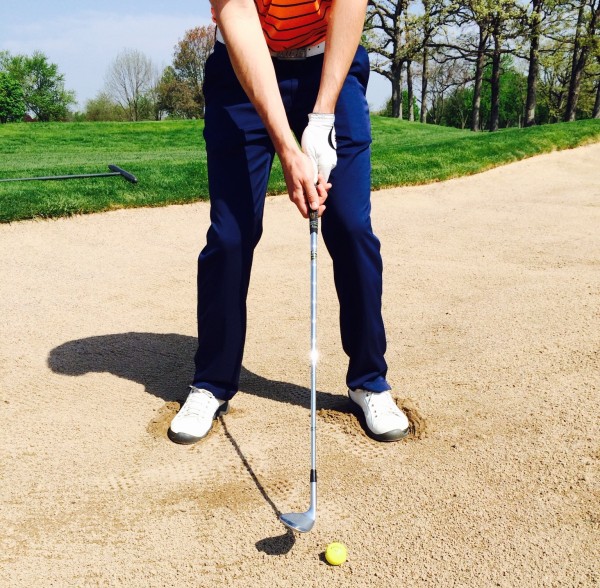
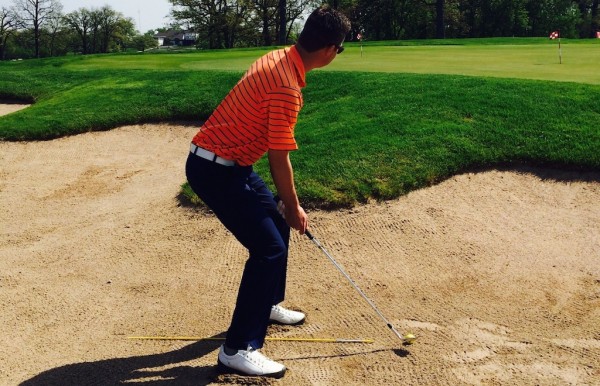
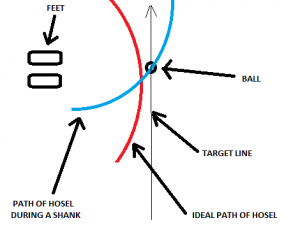
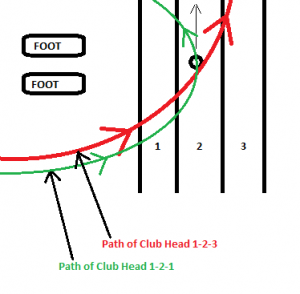
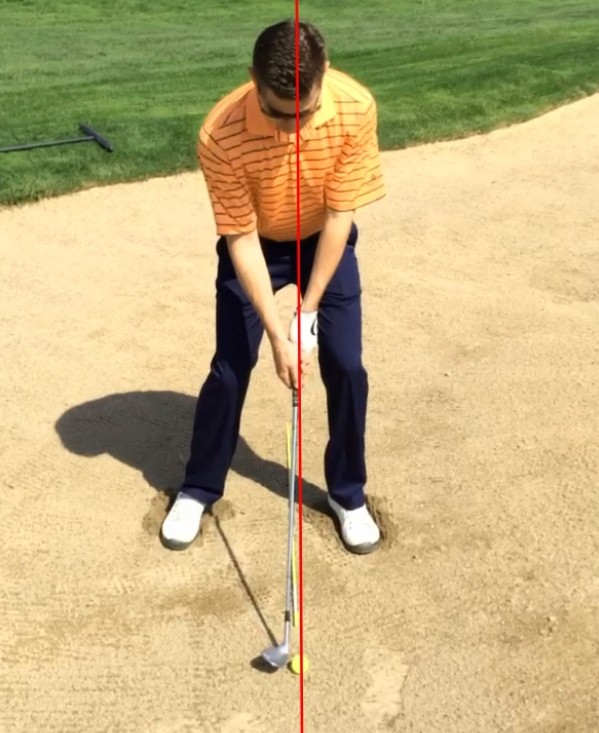













Oldplayer
May 21, 2014 at 6:02 pm
Great article. Thanks!
Jeremy Anderson
May 22, 2014 at 9:45 pm
Thanks for the kind words.